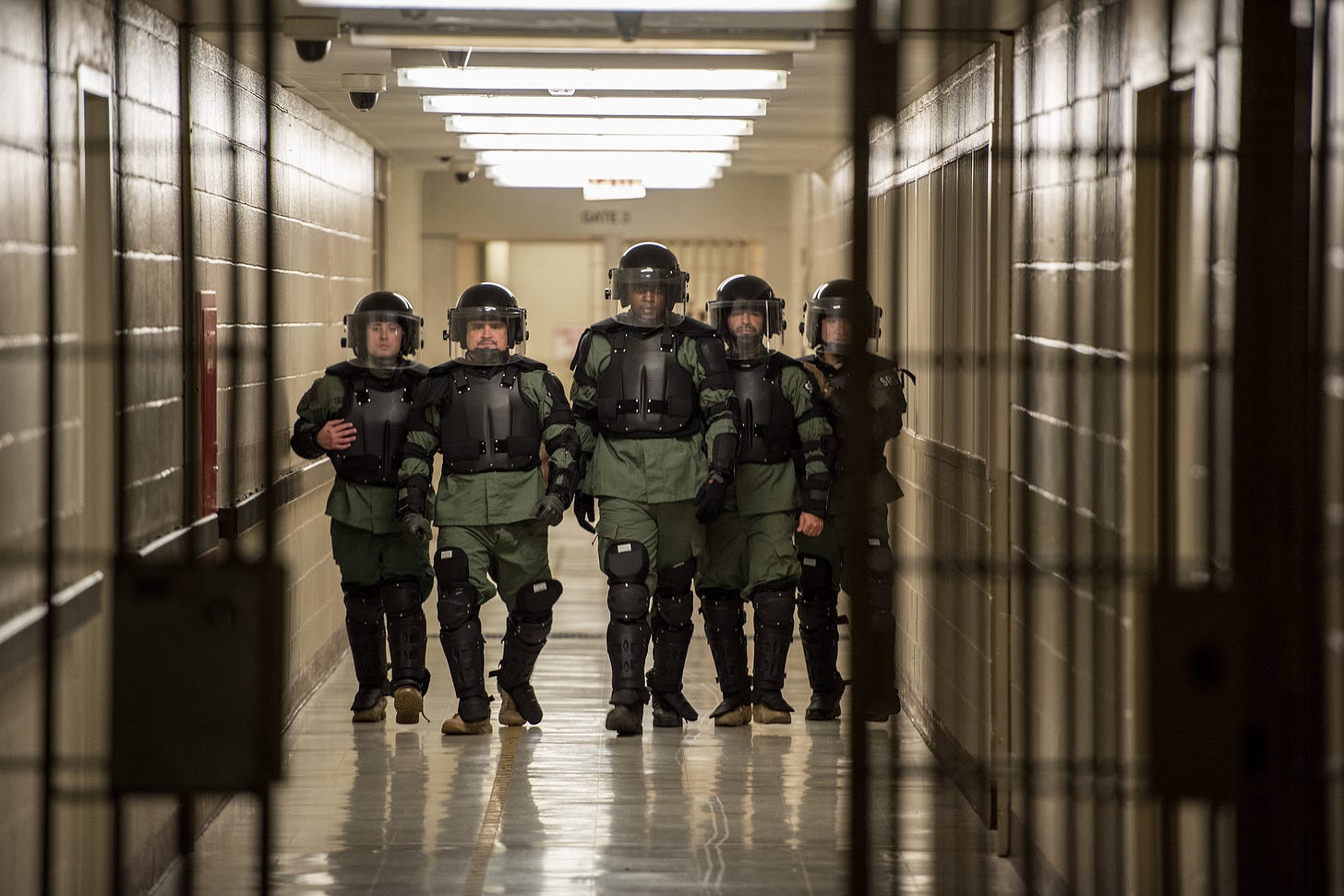The latest detention data from Immigration and Customs Enforcement (ICE) shows that 49,005 immigrants were held in detention as of May 4, 2025. This represents modest decline from the previous detention totals of 49,184 on April 20. But the decline comes entirely from a reduction in people arrested by Customs and Border Protection (CBP), not ICE. The number of people in detention arrested by ICE continued to increase incrementally. As I wrote in my last post, ICE’s data appear to represent a limit in nationwide detention capacity.
Let me pause, for a moment, to issue a rare word of appreciation to ICE. ICE recently held on to detention data for an extra week for no good reason, causing me unnecessary heart palpitations over whether this important data source would dry up completely. I complained about this in a blog post last Friday and posted a video explanation about why this is really important. Then, by the end of the day, ICE had updated their detention data—for which I was grateful. In that most recent post, I included a parenthetic plea to ICE, saying, and I quote:
“Dear ICE, please just publish the data right away rather than letting it sit around on someone’s computer.”
If it is true that my colleagues at ICE read this Substack and find my pleadings convincing, the only evidence we would have is if they posted the latest detention data quickly and off-cycle so that we did not have to wait a moment longer than necessary. And indeed, that is what happened. After posting the delayed data last Friday, ICE moved forward to post new data early this afternoon, current as of May 4—aka Internationally Recognized Star Wars Day. So to the people at ICE who care about transparency and public understanding, I submit to you my sincere “thank you.”
Now back to our regularly scheduled programming.
ICE arrests continue to drive detention numbers: 62% of all current detainees were arrested by ICE and 38% were taken into custody by CBP. The reason for this is connected to what’s happening on the border. In April, the most recent data released by CBP, the agency recorded just 12,035 encounters. This was only slightly higher than the 11,019 numbers that CBP reported in March.
I previously found that the initial growth in ICE’s detained population reflected significant growth among immigrants without criminal histories—but that trend has somewhat tapered off for now. The graph and table below show two perspectives on the breakdown on this trend. The total number of immigrants with criminal convictions and with no criminal histories actually slightly declined, in objective numbers, over the past two data releases, while the number of immigrants with pending criminal charges increased. (These are for ICE arrests only.)
If you want to look at the data for yourself, you can download the spreadsheet from ICE’s detention website. Let me know below if you have questions or comments about this data, I would love to hear from you.
ICYMI: New Method for Estimating Detention Facility Population Out Now!
I am excited to share this new methodology that my amazing colleague Adam Sawyer developed to estimate recent population numbers at individual ICE detention facilities. This is an important but elusive number that has been sort of hidden in plain sight. Now, with Adam’s public methodology, anyone can estimate the recent population at ICE facilities using basic algebra. Check out our methods paper and our co-authored blog post with some additional examples and graphs in this post below:
New Method Uncovers Hidden Population Spikes at Some ICE Detention Centers
The number of immigrants detained at Stewart Detention Center in Georgia and Moshannon Valley Processing Center in Pennsylvania have spiked in recent weeks—but you wouldn’t know it based on ICE’s public detention data. Here’s why.
This newsletter is only possible because of your support.
If you believe in keeping this work free and open to the public, consider becoming a paid subscriber. You can read more about the mission and focus of this newsletter and learn why, after three years, I finally decided to offer a paid option. If you already support this newsletter financially, thank you.








1. What does "Pending Criminal Charges" mean exactly?
2. How are beds contracted? My understanding was that there were 40k available at the beginning of the year. Now we're at about 50K. What are the limits? Is there a point where ICE has to stop detaining people? Is this situation partly the reason the administration is looking for beds out of country?